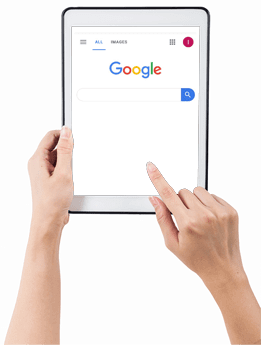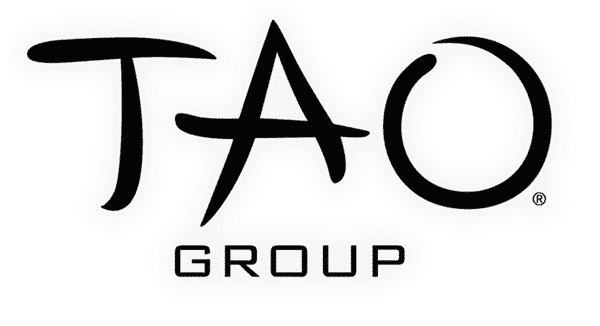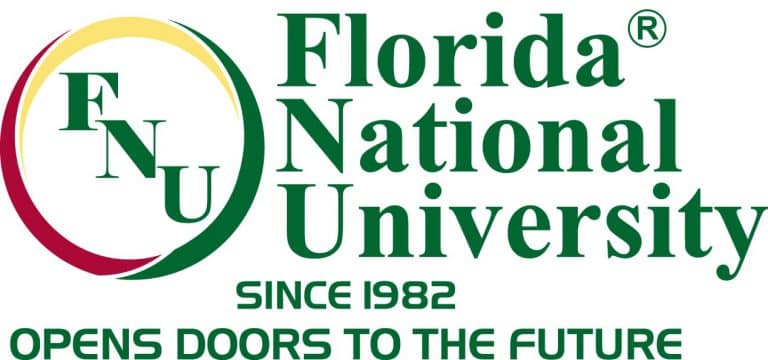The digital landscape is evolving at a rapid pace, and businesses are racing to adapt to these changes. Among the most transformative developments in recent years is the rise of chatbots. These AI-powered virtual assistants are revolutionizing the way companies interact with customers and optimize their digital marketing strategies. In this blog post, we’ll explore “the role of chatbots in SEO and customer conversion”, and discuss how leveraging chatbots can enhance user experience, provide personalized interactions, and assist with keyword research. So, buckle up and get ready to unlock the full potential of chatbots in your digital marketing efforts!
Key Takeaways
Chatbot integration with SEO is essential for increasing online visibility and customer conversion.
Chatbots enable personalized experiences, improved customer engagement, streamlined operations and better search engine rankings.
Leveraging chatbots in SEO and conversions requires personalizing the experience, keeping it simple, monitoring & optimizing performance regularly to avoid common pitfalls such as overreliance on automation or ignoring user feedback.
The Intersection of Chatbots, SEO, and Customer Conversion
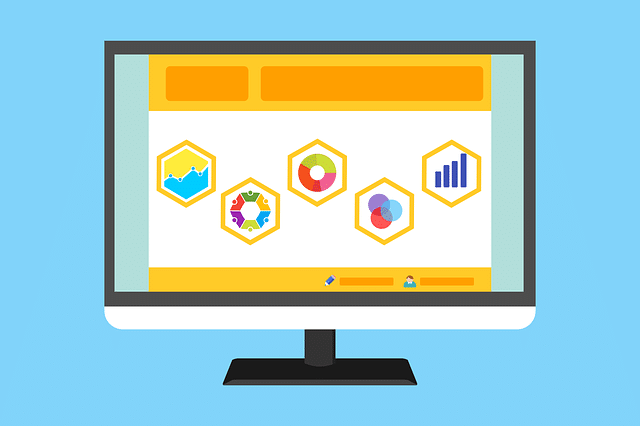
Chatbots are proving to be a key component of customer service and engagement strategies in the B2B SaaS landscape, due to their AI-powered capabilities that meet customer expectations. Integrating pertinent keywords into chatbot responses not only enhances the user experience but also assists search engines in comprehending the content of the chatbot, resulting in improved search rankings and better customer interaction.
This dynamic relationship between chatbots and SEO ultimately improves online visibility and conversion rates, making them an indispensable tool in today’s digital marketing landscape.
Enhancing User Experience
Chatbots play a pivotal role in enhancing user experience by offering rapid access to information, product suggestions, and assistance. Providing reliable information through chatbots can significantly bolster customer trust and satisfaction. Additionally, chatbots enable companies to ensure a consistent brand voice and message across all customer interactions, which is crucial for maintaining a unified message in branding and marketing.
The integration of chatbots in post-sales support and follow-up has a significant impact on customer loyalty and retention. By providing consistent and accurate responses, chatbots can answer customer queries, reduce errors in customer service, thereby increasing customer confidence and satisfaction.
In short, a well-designed chatbot can lead to higher customer satisfaction and better user experience, ultimately driving more traffic and conversions.
Personalized Interactions
In the age of hyper-personalization, customers expect tailored interactions that cater to their individual needs, preferences, and past behaviors. Chatbot interactions can be utilized to segment customers according to their behaviors, interests, or demographics, which can then be leveraged to inform personalization strategies.
Personalized interactions through chatbots allows businesses to foster customer loyalty, boost conversions, and maintain a competitive edge in the digital marketing landscape.
Assisting with Keyword Research
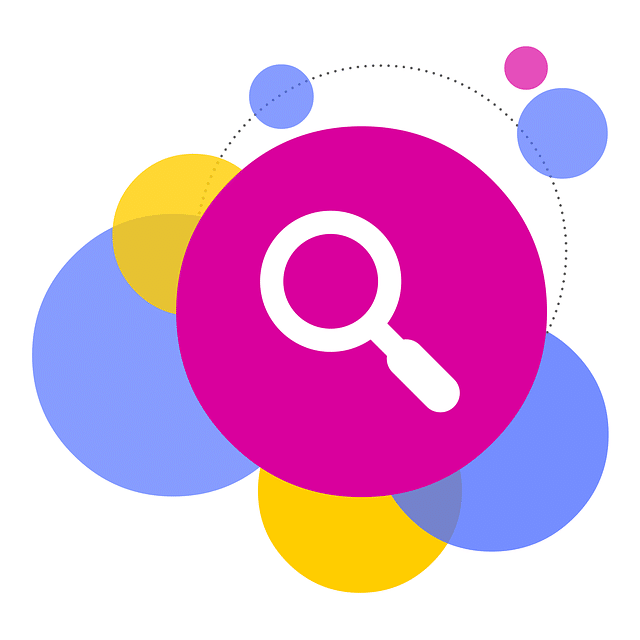
Chatbots can aid in keyword research for SEO by analyzing user queries and providing insights into popular search terms, assisting businesses in optimizing their content for improved search engine rankings. Comprehending what users are searching for enables businesses to generate more pertinent content that caters to their customers’ requirements, enhancing website relevance and augmenting the prospects of ranking higher in search engine results.
Chatbots streamline the keyword research process and provide a competitive advantage in the continuously evolving digital landscape.
The Benefits of Integrating Chatbots for SEO and Conversion
Integrating chatbots for SEO and conversion offers numerous benefits that can significantly impact your business’s online presence and bottom line. Improved customer engagement, streamlined operations, and better search engine rankings are just a few of the advantages that chatbots bring to the table.
In an effort to enhance their digital marketing strategy, businesses find the use of chatbots to be a game-changer, driving more traffic and conversions.
Improved Customer Engagement
Chatbots have the potential to facilitate positive customer relationships through immediate assistance and consistent follow-up, thereby enhancing loyalty and retention. By offering tailored experiences based on user requirements and preferences, chatbots can optimize the buying process by:
Providing leads with step-by-step guidance through checkout
Addressing any queries
Providing additional product information
Recommending complementary products
Moreover, chatbots can be deployed on multiple platforms, such as a business website, social media platforms like Facebook and Instagram, and messaging apps like WhatsApp and Messenger. This omni-channel presence enables chatbots to extend and interact with a broader and more varied audience, ultimately leading to increased customer satisfaction and conversions.
Streamlined Operations
Streamlined operations result from chatbots handling routine tasks and inquiries, freeing up human staff to focus on more complex issues and strategic initiatives. Chatbots can effectively manage high volumes of customer queries and interactions, allowing human staff to focus on more complex and valuable tasks. Thus, improving resource utilization.
Chatbots automate mundane tasks and provide instant support, which not only reduces the workload for human agents but also bolsters customer satisfaction and loyalty.
Better Search Engine Rankings
Better search engine rankings can be achieved through chatbots assisting with keyword research, content optimization, and providing real-time analytics, making businesses more visible on search engine results pages to potential customers.
Chatbots can have a positive effect on search engine rankings, as they can increase online ratings through enhanced customer experience and add value to interactions with the brand. By staying up-to-date with the latest SEO trends and continuously optimizing your chatbot’s content and keyword strategy, you can ensure your business remains competitive in the digital landscape.
AI-Powered Chatbots for Advanced SEO and Conversion Strategies

AI-powered chatbots offer advanced SEO and conversion strategies that go beyond simple rule-based bots. With natural language processing, adaptive learning, and voice search optimization, AI-powered chatbots provide more intelligent and context-aware interactions, ultimately driving better results for businesses.
Harnessing the power of artificial intelligence enables businesses to stay competitive and maximize the impact of chatbots on their SEO and conversion efforts.
Natural Language Processing
Natural language processing (NLP) allows chatbots to:
Understand and process whole phrases
Provide more accurate and relevant responses
Interpret and process full phrases
Provide more precise and pertinent responses
Furnish supplementary keywords for SEO strategy
The use of NLP in chatbots enables more personalized and seamless customer experience, leading to increased engagement and conversions.
Adaptive Learning
Adaptive learning enables chatbots to:
Learn from user interactions
Provide personalized experiences based on user needs and preferences
Analyze customer data
Deliver tailored interactions and recommendations
Increase engagement and conversions
Therefore, chatbots with adaptive learning can enhance customer engagement and conversions by providing experiences tailored to user needs and preferences.
Voice Search Optimization
Voice search optimization allows chatbots to engage with users through natural and conversational interactions, catering to the growing trend of voice-activated searches and virtual assistants. As more users turn to voice-activated searches and virtual assistants like Amazon Alexa and Google Home, optimizing chatbots for voice search becomes increasingly critical for businesses to stay competitive and meet user expectations.
Embracing voice search optimization helps businesses maintain the accessibility and relevance of their chatbots in the constantly changing digital landscape.
Implementing Chatbots for Maximum Impact on SEO and Conversion
Implementing chatbots for maximum impact on SEO and conversion is a multi-step process that involves:
Choosing the right platform
Defining the chatbot’s role
Designing the user interface and script
Testing and optimizing for continuous improvement
Adhering to these steps and adopting a strategic approach allows businesses to make their chatbots effective in driving traffic, engaging users, and ultimately, increasing conversions.
Choose the Right Platform
Choosing the right platform for your chatbot is crucial to ensure it aligns with your business needs, technical capabilities, and desired level of customization. Some popular chatbot platforms include:
Botsify
ManyChat
Chatfuel
Tidio
Dialogflow
These platforms offer various features and capabilities, such as drag-and-drop interfaces, visual builders, AI engines, live chat features, and natural language processing.
By carefully evaluating and selecting the ideal platform for your chatbot, you can lay the foundation for a successful implementation.
Define the Chatbot’s Role
Defining the chatbot’s role in your business is essential to ensure it aligns with your overall marketing strategy and objectives. Whether your chatbot is designed to provide customer service, product suggestions, or lead generation, it’s important to have a clear understanding of its purpose and how it will contribute to your business’s success.
Defining the chatbot’s role enables the creation of a more focused and effective tool that meets user needs and expectations.
Design User Interface and Script
Designing the user interface and script for your chatbot is a crucial step in providing a seamless and engaging experience for users. To ensure a simple and user-friendly chatbot experience, it’s important to incorporate elements such as buttons, text boxes, and drop-down menus, as well as concise language and explicit directions.
By creating an intuitive and easy-to-navigate user interface, you can enhance customer satisfaction and encourage users to engage with your chatbot.
Test and Optimize
Testing and optimizing your chatbot regularly is vital to ensure it continues to meet user needs, provide accurate information, and contribute to your SEO and conversion goals. By using analytics tools and user feedback, you can make data-driven improvements to your chatbot’s performance and user experience.
Regular monitoring and optimization will help you identify areas for improvement and ensure your chatbot remains effective in driving traffic, engaging users, and increasing conversions.
Best Practices for Leveraging Chatbots in SEO and Conversion
To maximize the impact of chatbots on your SEO and conversion efforts, it’s important to follow best practices and avoid common pitfalls.
Personalizing the experience, simplifying processes, and ensuring continuous monitoring and optimization helps maintain the effectiveness of your chatbot in driving traffic, engaging users, and ultimately, increasing conversions.
Personalize the Experience
Personalizing the chatbot experience is crucial for meeting user needs and expectations. By leveraging customer data, conversational interfaces, and machine learning algorithms, you can provide tailored interactions and recommendations that resonate with users and drive engagement.
A personalized chatbot experience not only enhances customer satisfaction but also creates a competitive edge in the digital marketing landscape.
Keep It Simple
Keeping the chatbot experience simple and user-friendly is essential for maintaining a positive brand image and ensuring users continue to engage with your chatbot. Avoid overly complex systems that can frustrate users and negatively impact your brand reputation.
A focus on simplicity and user-friendliness leads to the creation of a chatbot that is easy to navigate and provides a seamless customer experience.
Continuously Monitor and Optimize
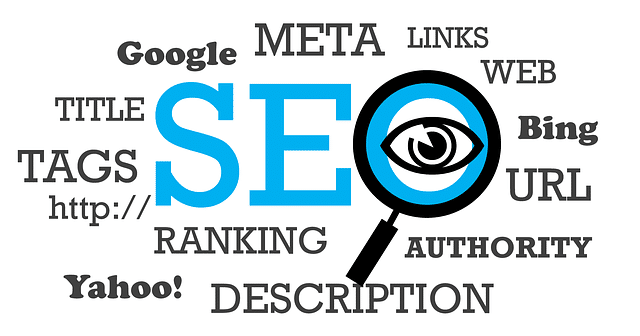
Continuously monitoring and optimizing your chatbot’s performance is crucial for ensuring its effectiveness in driving SEO and conversions. Using analytics and user feedback, make data-driven improvements to your chatbot’s user interface, content, and features to ensure it remains up-to-date and relevant in the ever-evolving digital landscape.
Maintaining a proactive and adaptive approach helps retain a competitive edge and maximize the impact of your chatbot on digital marketing efforts.
Common Pitfalls to Avoid in Chatbot Implementation
As you embark on your chatbot implementation journey, it’s important to be aware of common pitfalls that can hinder your success. These pitfalls include overreliance on automation, ignoring user feedback, and failing to update content and keywords.
By addressing these challenges and following best practices, you can ensure your chatbot remains effective in driving traffic, engaging users, and ultimately increasing conversions.
Overreliance on Automation
While automation can provide numerous benefits, an overreliance on it can lead to impersonal interactions and missed opportunities for human connection. Striking a balance between chatbot and human support is crucial for maintaining a positive user experience and ensuring customer satisfaction.
Recognizing the limitations of automation and incorporating human support where necessary results in a more holistic and engaging chatbot experience.
Ignoring User Feedback
Ignoring user feedback can result in a chatbot that fails to meet user needs and expectations. It’s important to listen to feedback and make adjustments accordingly to ensure your chatbot continues to provide value and drive engagement.
Incorporating user feedback and making data-driven improvements results in a chatbot that aligns better with user preferences and contributes to the overall marketing strategy.
Failing to Update Content and Keywords

Failing to update content and keywords can cause your chatbot to become outdated and less effective in driving SEO and conversions. Regularly reviewing and updating your chatbot’s content and keyword strategy is crucial for ensuring it remains relevant and effective in the ever-evolving digital landscape.
Staying current and making data-driven improvements ensures the chatbot continues to drive traffic, engage users, and ultimately increase conversions.
Summary
In conclusion, chatbots have emerged as a powerful tool in the digital marketing landscape, offering numerous benefits for SEO and customer conversion. By understanding the intersection of chatbots, SEO, and customer conversion, and implementing best practices, businesses can leverage chatbots to enhance user experience, provide personalized interactions, and drive more traffic and conversions. As the digital landscape continues to evolve, staying ahead of the curve by embracing AI-powered chatbots and adapting to emerging trends will be crucial for businesses looking to maintain a competitive edge and achieve success in the ever-changing digital world.
Frequently Asked Questions
What is the role of chatbots in customer service?
Chatbots can provide basic information, answer frequently asked questions and perform simple transactions, making them an effective tool for customer service.
Can you use chatbot for SEO?
Chatbot tools can help to improve return visitor rates on your website, thus positively impacting rankings from SEO. This is because they quickly provide users with relevant information, increasing the likelihood of repeat visits.
Do chatbots increase conversions?
Chatbots have been shown to increase lead-to-customer and lead conversion rates, as well as improve customer engagement and satisfaction. They are also known to boost the conversion rate and qualify leads automatically, making them an essential tool for e-commerce businesses looking to improve their bottom line.
How can I ensure my chatbot remains effective in driving SEO and conversions?
Ensure your chatbot remains effective by monitoring and optimizing it, using analytics and user feedback for data-driven improvements to meet user expectations.
What are some common pitfalls to avoid in chatbot implementation?
Common pitfalls to avoid in chatbot implementation include overreliance on automation, ignoring user feedback, failing to update content and keywords, using a non-professional tone, and crafting answers without clear conclusions.


